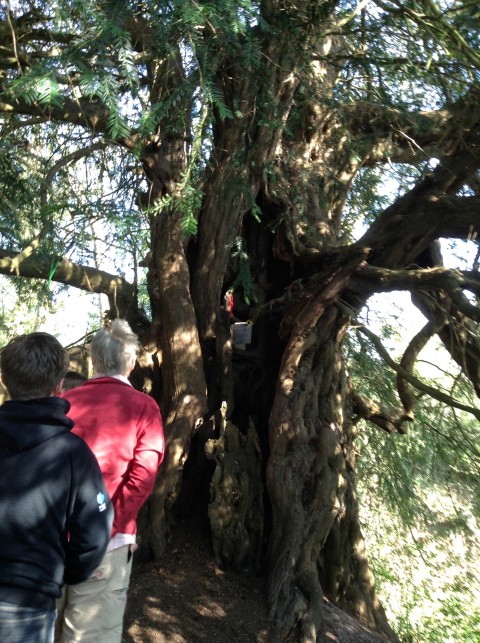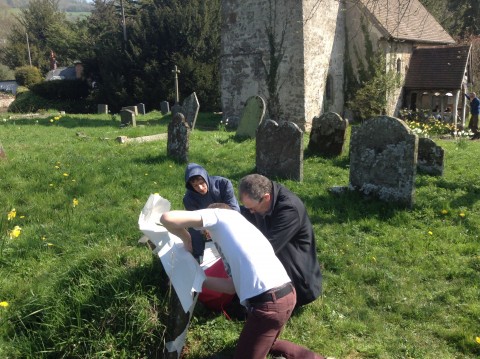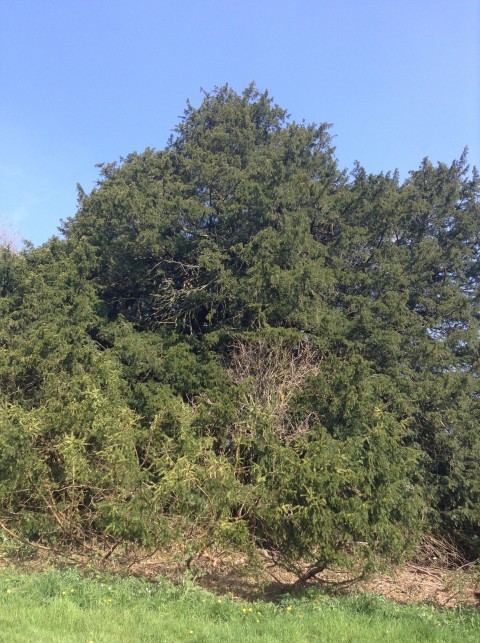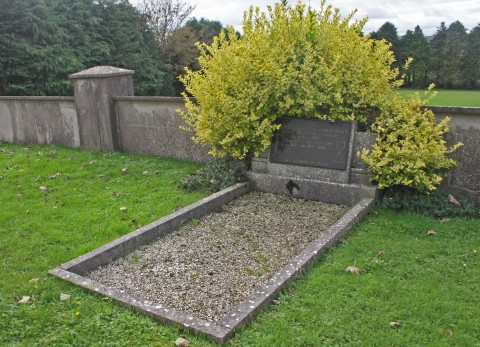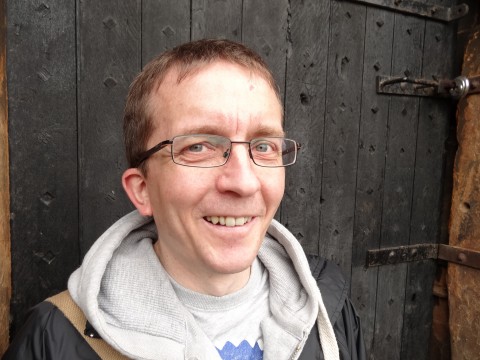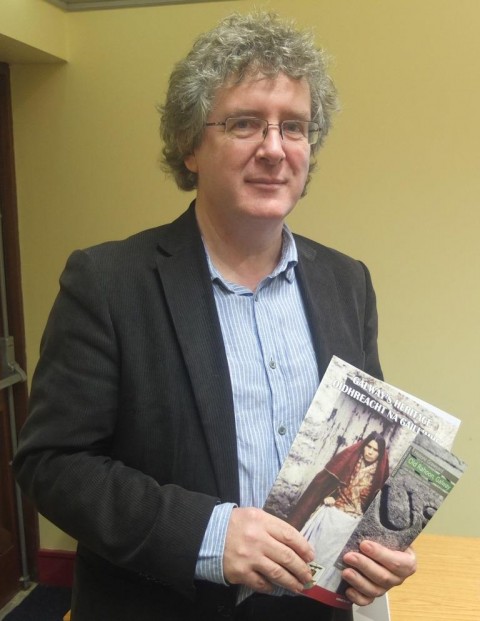This is one of the most moving headstones we have recorded in the last seven years. Day 2 of Gallon graveyard survey and we were in the middle of the photography. As we stood in front of this Latin cross we saw it was decorated with cockle shells and that it was dedicated to Mary Gormley who died aged 7 in 1935. Gallon is situated nearly 50 km from the coast so the family either already had cockle shells, maybe even collected by Mary herself, or went and got the shells deliberately to decorate her home -made headstone.



